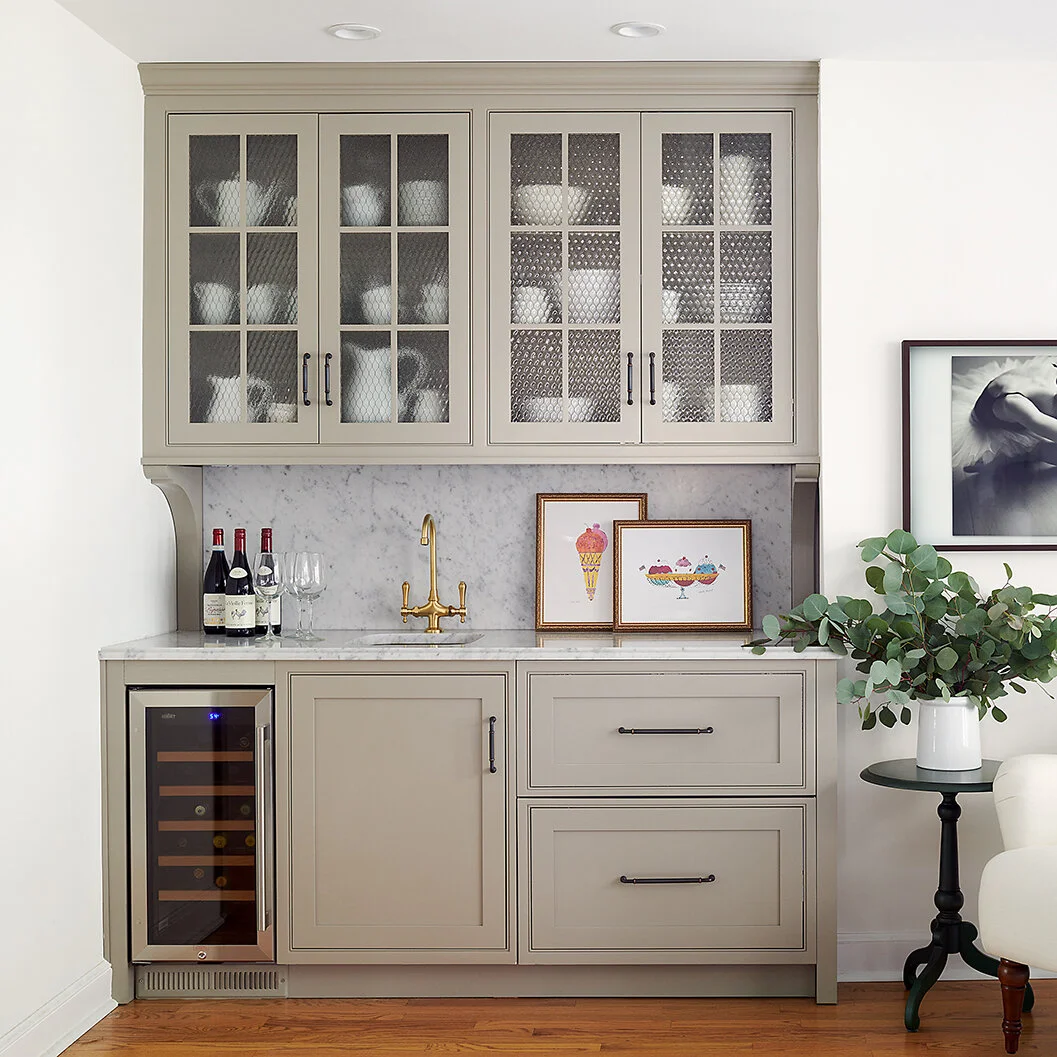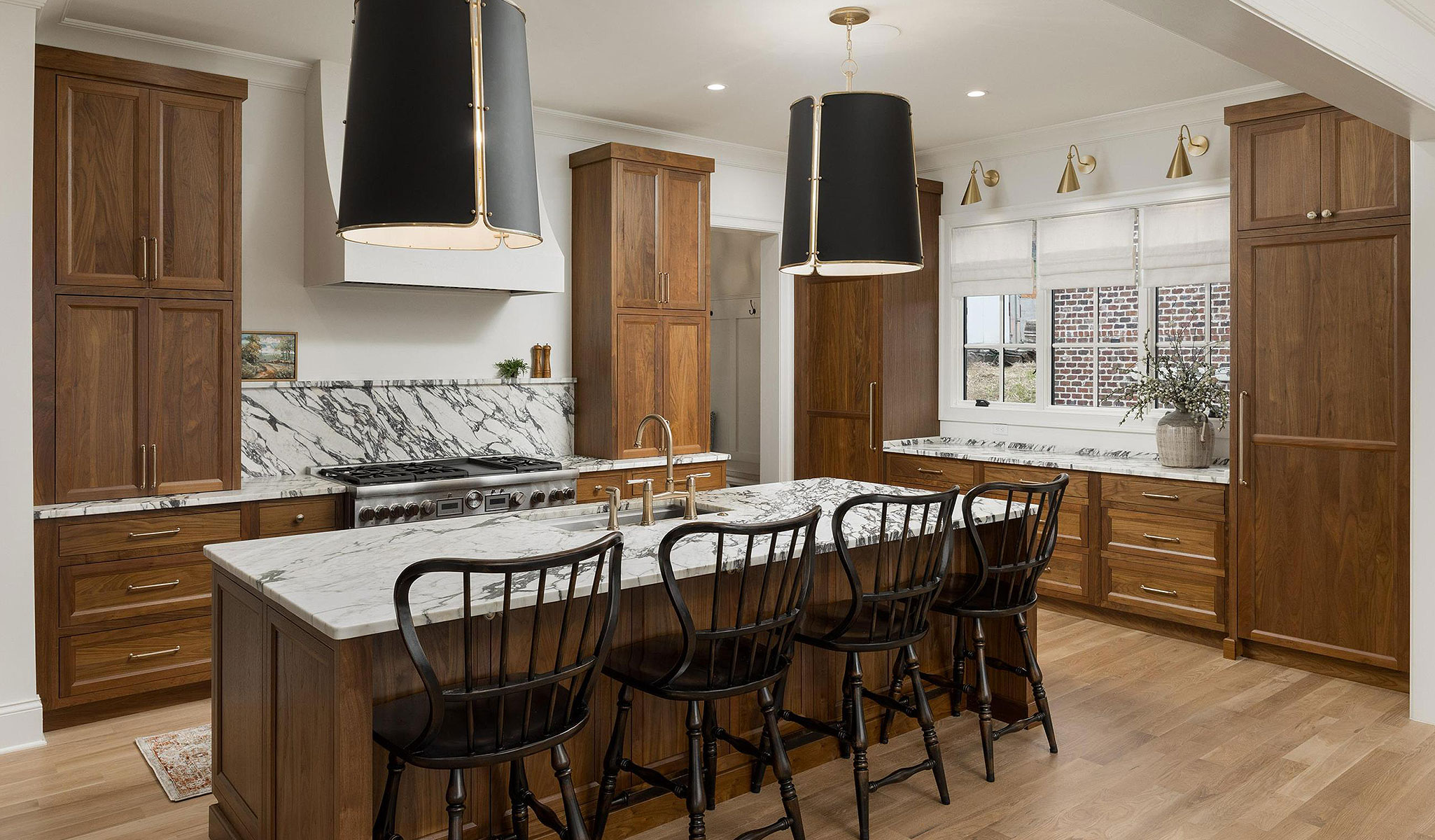All Categories
Featured
In home layout, door placement often takes a backseat to larger building decisions, yet it plays a critical role fit just how a home operates and feels. Appropriate door placing makes sure that rooms are efficient, visually pleasing, and for a comfortable lifestyle. Right here's an in-depth take a look at the science behind door placement and why it is worthy of more focus in the layout process.
Doors are the gateways that attach one space to one more, and their positioning ought to promote smooth motion throughout the home.
Key Factors To Consider:
Sensible Pathways: Setting doors to straighten with natural traffic patterns. For example, a cooking area door must provide direct accessibility to the eating location to streamline day-to-day regimens.
Reducing Obstacles: Stay clear of putting doors where furniture or structural components may obstruct their swing or create traffic jams.
Transitions: Usage doorways to mark transitions between public and private areas, such as corridors bring about bed rooms.
The positioning of doors can dramatically influence just how light and air flow within a home, adding to its total ambiance and energy effectiveness.
Positioning Approaches:
Cross-Ventilation: Place doors various other openings or opposite windows to advertise air movement, particularly in warm climates.
Sunlight Optimization: Take into consideration the alignment of outside doors to capture early morning or afternoon light, lightening up interiors normally.
Glass Doors: Use doors with glass inserts to allow light to filter through, boosting illumination in adjacent rooms.
Calculated door positioning is necessary for maintaining personal privacy in vital areas without jeopardizing accessibility.
Best Practices:
Bedrooms and Bathrooms: Placement these doors far from high-traffic areas like living areas or cooking areas to develop a sense of hideaway.
Guest Locations: For homes with visitor collections, doors ought to provide both very easy access and privacy for site visitors.
Main Entry: The front door should supply direct accessibility to usual areas without exposing way too much of the home's inside.
Beyond capability, doors play a significant function in the visual comprehensibility of a room. Their placement and style ought to improve the home's aesthetic charm.
Design Tips:
Balance and Balance: Align doors symmetrically in shared spaces like hallways to produce a feeling of order.
Centerpieces: Use grand entry doors or one-of-a-kind designs as visual highlights.
Consistency: Suit door designs and coatings throughout the home for a cohesive look.
Door placement can affect a home's energy performance by controling heat flow and insulation.
![]()
Energy-Saving Methods:
Insulated Doors: Use well-insulated outside doors to decrease power loss.
Wind Protection: Position major doors far from dominating wind directions or utilize vestibules to minimize drafts.
Zoning: Usage doors to area off areas of the home for targeted heating or air conditioning.
![]()
In many societies, the placement of doors carries symbolic meaning and can impact exactly how a home is viewed.
Instances:
Feng Shui: In this tradition, the front door's positioning affects the flow of "chi" or power, with guidelines stressing visibility and equilibrium.
![]()
Directional Placement: In Vastu Shastra, an ancient Indian style ideology, door alignment is thought to influence success and consistency.
Access Statements: Grand entryways or intricately designed doors can indicate warmth and friendliness.
Final Thoughts
Door placement is both an art and a science. When intended appropriately, doors end up being much more than simply entry points; they shape the entire living experience.
- Enhancing Spatial Circulation
Doors are the gateways that attach one space to one more, and their positioning ought to promote smooth motion throughout the home.
Key Factors To Consider:
Sensible Pathways: Setting doors to straighten with natural traffic patterns. For example, a cooking area door must provide direct accessibility to the eating location to streamline day-to-day regimens.
Reducing Obstacles: Stay clear of putting doors where furniture or structural components may obstruct their swing or create traffic jams.
Transitions: Usage doorways to mark transitions between public and private areas, such as corridors bring about bed rooms.
- Taking Full Advantage Of All-natural Light and Air Flow
The positioning of doors can dramatically influence just how light and air flow within a home, adding to its total ambiance and energy effectiveness.
Positioning Approaches:
Cross-Ventilation: Place doors various other openings or opposite windows to advertise air movement, particularly in warm climates.
Sunlight Optimization: Take into consideration the alignment of outside doors to capture early morning or afternoon light, lightening up interiors normally.
Glass Doors: Use doors with glass inserts to allow light to filter through, boosting illumination in adjacent rooms.
- Stabilizing Privacy and Availability
Calculated door positioning is necessary for maintaining personal privacy in vital areas without jeopardizing accessibility.
Best Practices:
Bedrooms and Bathrooms: Placement these doors far from high-traffic areas like living areas or cooking areas to develop a sense of hideaway.
Guest Locations: For homes with visitor collections, doors ought to provide both very easy access and privacy for site visitors.
Main Entry: The front door should supply direct accessibility to usual areas without exposing way too much of the home's inside.
- Visual Integration
Beyond capability, doors play a significant function in the visual comprehensibility of a room. Their placement and style ought to improve the home's aesthetic charm.
Design Tips:
Balance and Balance: Align doors symmetrically in shared spaces like hallways to produce a feeling of order.
Centerpieces: Use grand entry doors or one-of-a-kind designs as visual highlights.
Consistency: Suit door designs and coatings throughout the home for a cohesive look.
- Energy Performance Considerations
Door placement can affect a home's energy performance by controling heat flow and insulation.

Energy-Saving Methods:
Insulated Doors: Use well-insulated outside doors to decrease power loss.
Wind Protection: Position major doors far from dominating wind directions or utilize vestibules to minimize drafts.
Zoning: Usage doors to area off areas of the home for targeted heating or air conditioning.

- Social and Symbolic Influences
In many societies, the placement of doors carries symbolic meaning and can impact exactly how a home is viewed.
Instances:
Feng Shui: In this tradition, the front door's positioning affects the flow of "chi" or power, with guidelines stressing visibility and equilibrium.

Directional Placement: In Vastu Shastra, an ancient Indian style ideology, door alignment is thought to influence success and consistency.
Access Statements: Grand entryways or intricately designed doors can indicate warmth and friendliness.
Final Thoughts
Door placement is both an art and a science. When intended appropriately, doors end up being much more than simply entry points; they shape the entire living experience.
Latest Posts
Easy Coin Conversion with Coinstar and WyHy Federal Cooperative Credit Union
Published Apr 19, 25
1 min read
Unlock Your Dream Fence with Flexible Financing Options
Published Apr 18, 25
0 min read
Discover the Essence of Coastal Dining
Published Apr 18, 25
1 min read